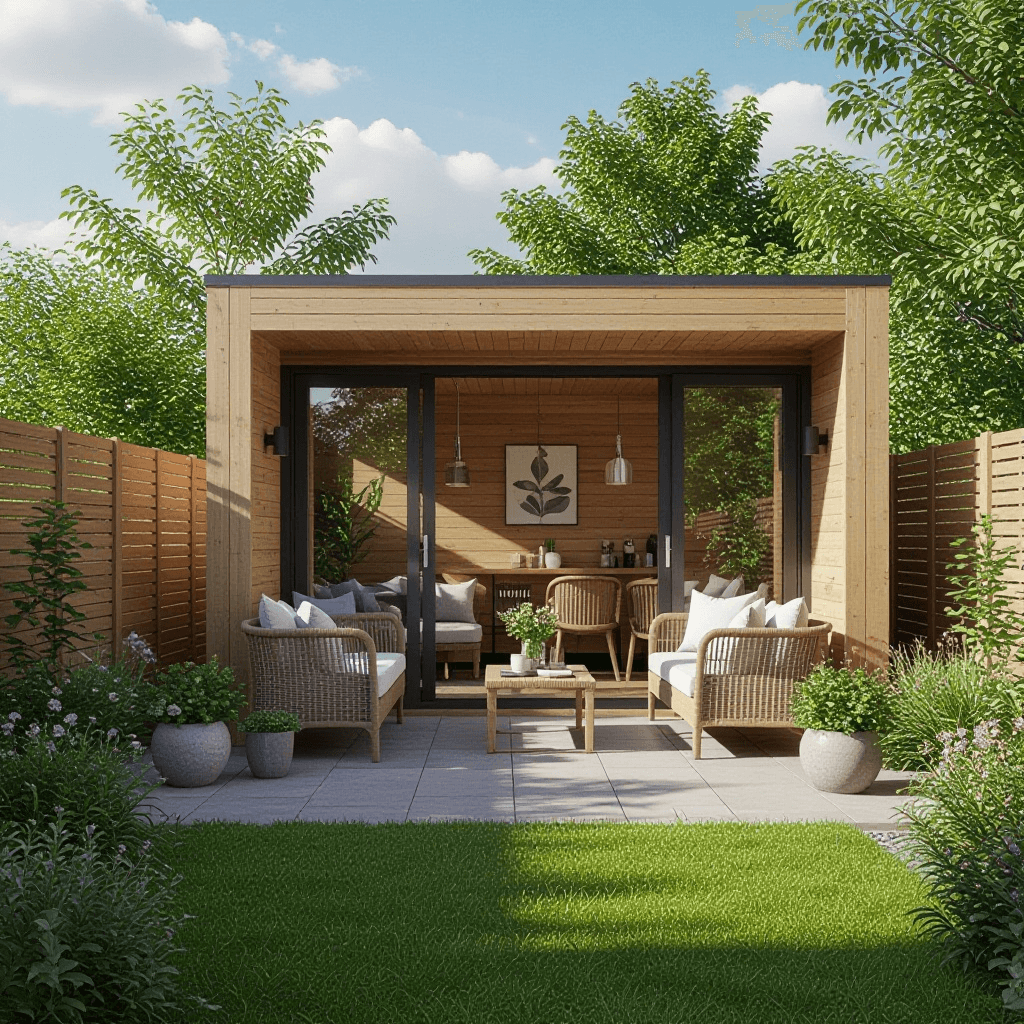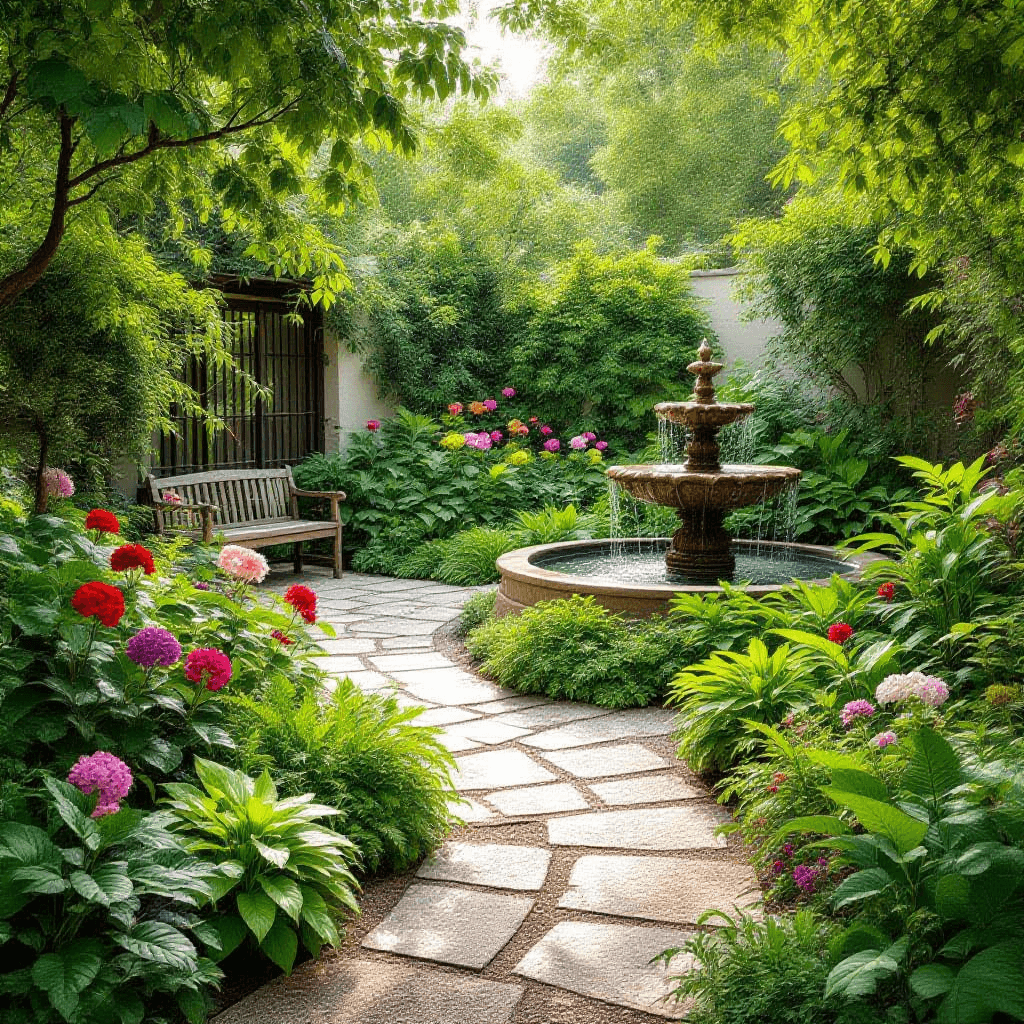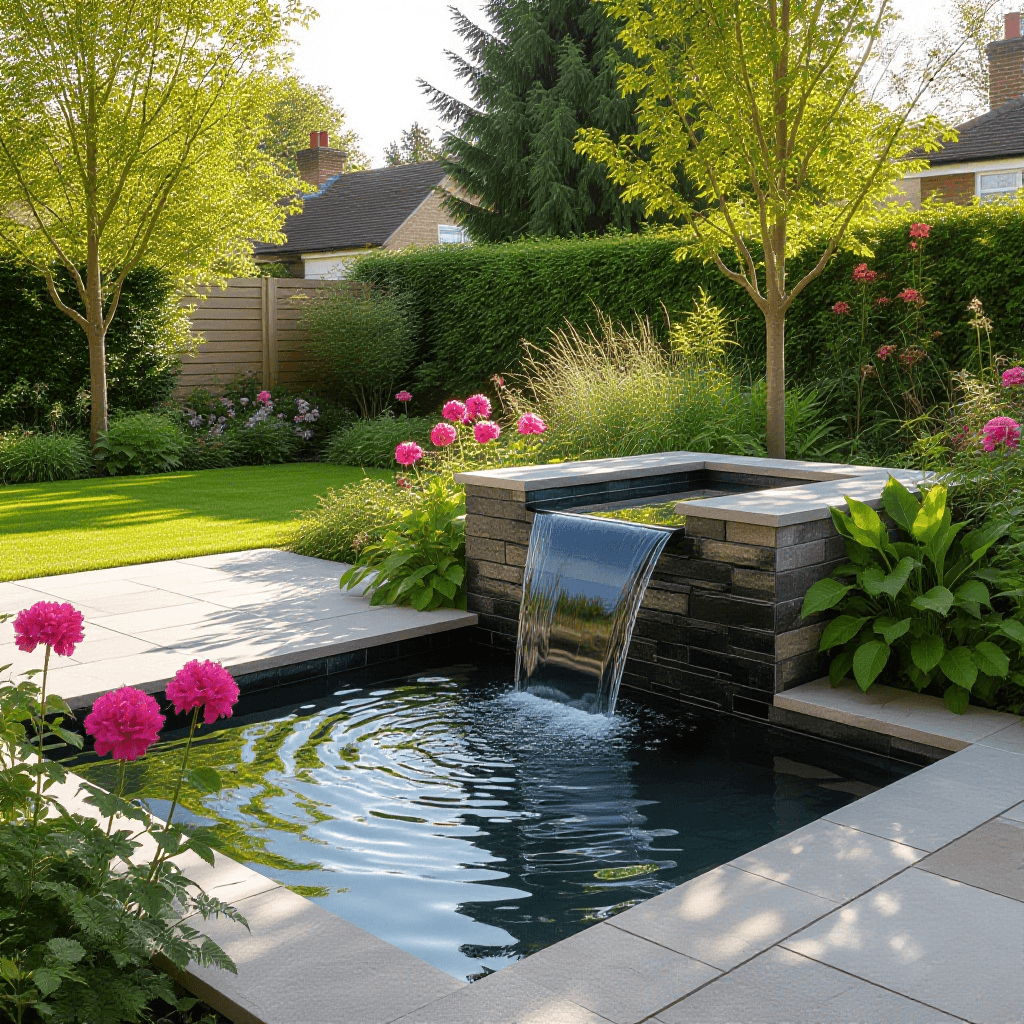Understanding the Purpose and Benefits
Garden rooms and conservatories serve various purposes, enriching both functionality and aesthetics within a home. One primary role of these structures is to provide additional living space. This expanded area can be utilized for diverse activities, such as a cozy reading nook, a vibrant art studio, or even a home gym. For families, a garden room can become an inviting area for socializing or entertaining guests, while a conservatory creates a seamless connection between indoor comfort and outdoor beauty.
Moreover, these spaces significantly enhance the overall appearance of a garden. With expansive glass panels and thoughtful architectural design, a conservatory can serve as a stunning focal point amidst well-maintained flowerbeds and lush greenery. This not only creates a picturesque view but also contributes to a more immersive experience with nature, offering a daily escape from the hustle and bustle of modern life.
From a practical standpoint, the benefits of incorporating a garden room or conservatory into a property are noteworthy. Homeowners often find that these additions lead to increased property value, making them an attractive investment. Potential buyers often prioritize homes with extra living space or beautiful garden features, underscoring the financial upside of constructing these areas.
Additionally, the year-round enjoyment of nature is another compelling advantage. With a well-designed garden room, homeowners can savor the changing seasons, experiencing the tranquility of nature, whether it is the fresh blooms of spring or the gentle falling leaves of autumn. When deciding on the purpose of the space, it is crucial to align it with personal interests and lifestyle. Understanding how you envision using this area will ensure it meets your needs and enhances your quality of life within your home.
Choosing the Right Location and Design
When embarking on the journey of designing a dream garden room or conservatory, the location and design aspects are critical to ensuring the space is functional, aesthetically pleasing, and harmoniously integrated with the surrounding environment. The initial step in this process is selecting an ideal location. Key factors include sunlight exposure, which is essential for enhancing the ambiance and usability of the space. A garden room positioned to maximize natural light can create a bright and inviting atmosphere, perfect for relaxation or recreation.
Accessibility is another important consideration. The chosen site should allow easy access from both the main home and the garden area. This ensures seamless movement and encourages frequent use of the new structure. It is also beneficial to think about how the garden room will complement existing garden and home designs. A well-planned integration enhances overall aesthetics and can increase property value.
Design style plays a significant role in the decision-making process. There are various styles to consider, including modern, traditional, and minimalist. Each style conveys a different character and mood, providing an opportunity to express personal taste. Additionally, selecting appropriate materials is paramount. Emphasizing durability, aesthetics, and energy efficiency in the choice of materials can lead to a garden room that withstands the test of time while remaining visually appealing.
Moreover, local climate and landscape should inform design choices. For instance, regions with colder temperatures may benefit from energy-efficient glazing or insulation to maintain comfort throughout the year. Understanding the nuances of the local environment can significantly inform the design process, ensuring that the garden room or conservatory harmonizes with its surroundings while serving its intended purpose effectively.
Planning for Space and Functionality
Creating a garden room or conservatory requires thoughtful planning to ensure that the space is both functional and visually appealing. The first step in this process is to determine the ideal dimensions of your garden room. Consider the overall size of your outdoor space and any structural limitations, ensuring that the room complements rather than overwhelms the existing garden or landscape. A well-scaled room not only enhances aesthetics but also allows seamless integration with surrounding spaces.
Once the size is determined, it is essential to think about the specific activities that will take place within the room. Designating areas for different functions can significantly enhance the usability of the space. For instance, a cozy reading nook can be created with a comfortable chair or chaise lounge, ideally situated to take advantage of natural light. A dining area can be positioned near the entrance to facilitate easy movement, while a workspace might be best located near electrical outlets for convenience.
Incorporating efficient storage solutions is another vital consideration. Utilizing multifunctional furniture, such as benches with built-in storage or coffee tables with drawers, can help maximize space while keeping the area tidy. Additionally, ensure that there is ample circulation space between furniture pieces to allow for easy movement, creating an inviting atmosphere where occupants can feel at ease.
Another crucial aspect is the selection of furniture that complements the purpose of the room. Opting for lightweight, movable pieces allows for versatility in arrangement, catering to various activities throughout the year. Maintain a sense of openness by strategically placing furniture, such as avoiding overcrowding corners and keeping pathways clear. The ultimate goal is to create an inviting and functional garden room that enhances your lifestyle while effortlessly blending with the outdoors.
Incorporating Nature and Personal Touches
Creating a garden room or conservatory that artfully blends with nature requires thoughtful consideration of various design elements. Large windows and skylights stand out as quintessential features for such spaces, allowing abundant natural light to stream in while providing stunning views of the surrounding landscape. These architectural choices not only enhance the aesthetic appeal of the room but also foster a deeper connection with the outdoors, fully immersing residents in their natural environment.
When designing your garden space, prioritize window placements that maximize sunlight during the day and offer an unobstructed vista of your garden. Additionally, incorporating elements such as bi-fold doors can create a seamless transition between the indoor and outdoor areas, effectively expanding the living space and encouraging the enjoyment of fresh air and natural sounds. Consider utilizing sustainable materials for flooring and furnishing, as these choices resonate with the theme of nature while promoting environmental consciousness.
To further personalize your garden room or conservatory, it is vital to select decor and furnishings that echo your individual style. Vintage or contemporary pieces, art, and textiles can imbue the space with character. Incorporating indoor plants plays a paramount role in achieving a nature-inspired atmosphere. Choose a variety of foliage—such as ferns, succulents, or flowering plants—that suit your light and temperature conditions while reflecting your personality. These elements not only improve air quality but also establish a tranquil and serene environment.
By thoughtfully combining natural elements and personal touches, your garden room or conservatory can transcend mere functionality, evolving into a true extension of your home that offers comfort, connection, and aesthetic pleasure. The key lies in harmonizing the existing surroundings with designs that celebrate both nature and individual identity.


